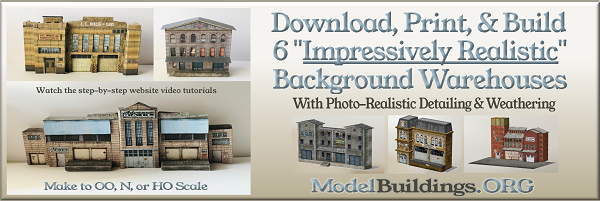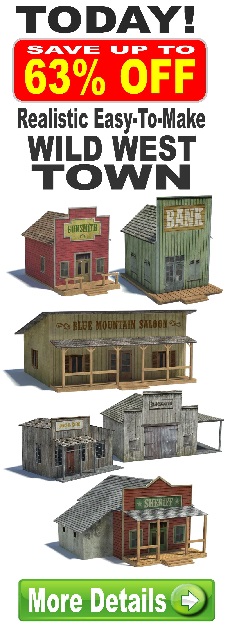Everything on model trains, model railroads, model railways, locomotives, model train layouts, scenery, wiring, DCC and more. Enjoy the world's best hobby... model railroading!
Old Engines With DCC
Paul asks readers:
“I have three old OO Hornby models that have been adapted for DCC running. Unfortunately they do not run smoothly but seems to start and stop at will. It is not only over points. do you have any suggestions as to how I can make then run smoothly? Many thanks.”
Add your comments to this post.
2 Responses to Old Engines With DCC
Leave a Reply
















I run N scale and I have 10 or more “old” locos. Old is no skew in the armature, no flywheels, long driveshafts, use of springs to drive the pinion, 3 pole motors, deep flanges that will only run on Code 80 track and on. I have been successful to get most of these old locos to run and creep along on DC. Creep along is to move continoulsy at more that 1 second between ties pulling cars!
Hear is what I did after experimentation and analysis.
The main thing I found was the trucks are worn more that any other item on the loco. So what I do is clean the trucks with contact cleaner and compressed air in a can. Repack gears with moly grease. I use Hob-E-Lube from Woodland Scenics. Repack is a code word for use lots of grease. I know that this grease will work with plastic. If you have driveshafts pack the ends in moly grease also.
Run the loco in a loop and watch performance. You may have to apply grease many times. If this was the main problem then the loco will run without interruption, run quieter, and draw less current. after awhile of running try slowing the loco down and see if you can make it creep.
I found that the frames move around and sometimes loose contact with the motor. One loco I have I had to attach wires to the motor and attach the wires to the frame to get the loco to run continuously.
The next thing to check is flange clearance. The flanges on the wheels have to go through your entire layout without touching on the bottom of the flange. What I do to cut the flanges is remove the body, attach wires to the frame then attach the wires to DC power. Then I attach sandpaper to a piece of wood and with the motor running hold the frame and run the wheels over the sandpaper. When the correct flange height is reach, then clean the mess and clean and repack trucks.
On the NCE blog an item came up about re-magnetizing motors. The current reduction is amazing. I am going to have all my old stuff re-magnetized. I would consider this as part of what you do to old locos.
Mike Lee
Another option to add after you have cleaned, lubricated and corrected the current issues listed above is to add a capacitor such as a “Keep Alive” to hold current to keep the loco moving.
http://www.litchfieldstation.com/xcart/product.php?productid=410018